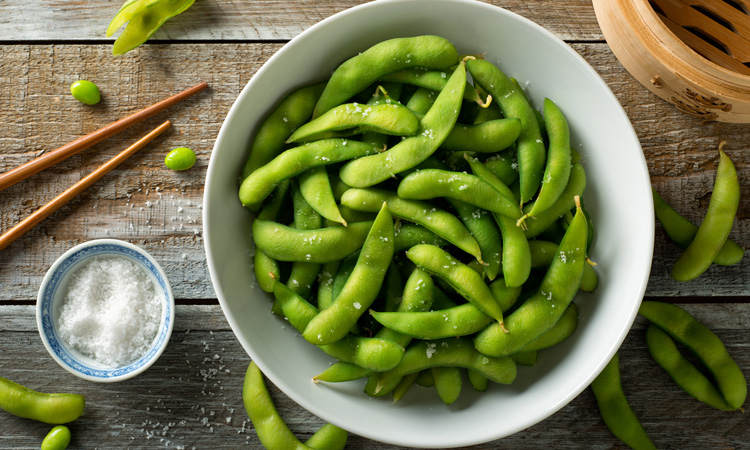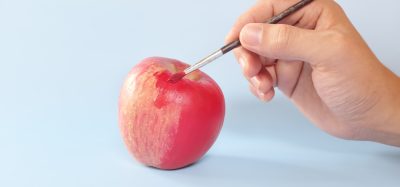New planting guidelines could boost edamame profits, says research
- Like
- Digg
- Del
- Tumblr
- VKontakte
- Buffer
- Love This
- Odnoklassniki
- Meneame
- Blogger
- Amazon
- Yahoo Mail
- Gmail
- AOL
- Newsvine
- HackerNews
- Evernote
- MySpace
- Mail.ru
- Viadeo
- Line
- Comments
- Yummly
- SMS
- Viber
- Telegram
- Subscribe
- Skype
- Facebook Messenger
- Kakao
- LiveJournal
- Yammer
- Edgar
- Fintel
- Mix
- Instapaper
- Copy Link
Posted: 16 March 2020 | Sam Mehmet (New Food) | No comments yet
Lower plant densities were said to be more profitable, in part because increasing plant density led to a lower ratio of pod mass to vegetative mass.


USDA Agricultural Research Service (USDA-ARS) and University of Illinois researchers are making new plant density recommendations for machine-harvested edamame, at less than half the rate suggested by seed companies, in a bid to offer growers and processors the best information to make sound management decisions.
“Until now, edamame processors and growers had no research-based information to determine crop density. While some seed companies make recommendations, the basis for these recommendations is unclear,” said Marty Williams, Ecologist with USDA-ARS and the Department of Crop Sciences at Illinois.
Seed companies recommend plant densities from 80,100 to 139,200 plants per acre, and at $11 to $22 per pound of edamame seed, the cost is said to add up very quickly. Williams said that these recommendations may be based on what works for grain-type soybean, but they are not necessarily appropriate for edamame, which is harvested while pods are bright green and seeds are still immature.
To get a better handle on what is realistic and profitable for the crop, Williams and crop sciences graduate student Daljeet Dhaliwal planted four edamame cultivars at five densities, ranging from 10,000 to 160,000 plants per acre. They measured multiple growth, harvest, and processing characteristics for each cultivar at all five densities, over two years. Finally, they derived the economically optimal planting density (EOPD) based on the cost of seed, yield of marketable pods, and sales price.
“Results identified that the EOPD for machine-harvested edamame ranged from 35,200 to 48,600 plants per acre,” Dhaliwal said. “That’s less than half of what is recommended by seed companies.”
“We showed that higher plant densities change the architecture of the crop. For the most part, as plants are added beyond the EOPD, the crop is less suitable for mechanical harvest. It is taller, with more leaf area, and fewer marketable pods. Obviously, we need enough plants to utilise available resources, but there are diminishing returns beyond the EOPD,” Williams added.
The new report is said to underscore that edamame agronomy is not interchangeable with grain-type soybean. For the US edamame market to maximise profitability and become competitive with China, Williams suggested that growers and processors should follow research-backed recommendations specific to the unique aspects of the crop.
Related topics
Environment, Regulation & Legislation, Research & development, Trade & Economy
Related organisations
University of Illinois, USDA Agricultural Research Service (USDA-ARS)








